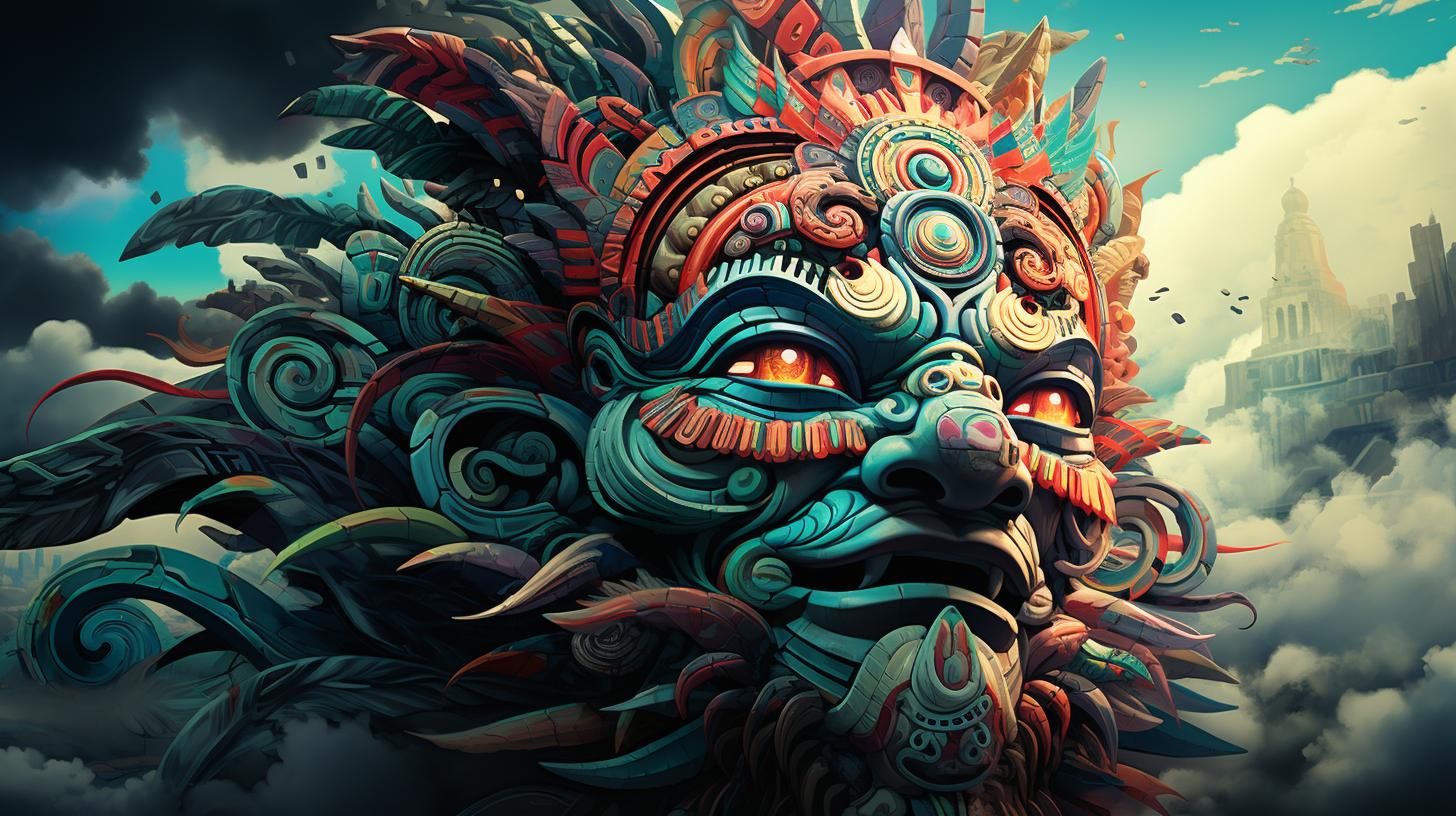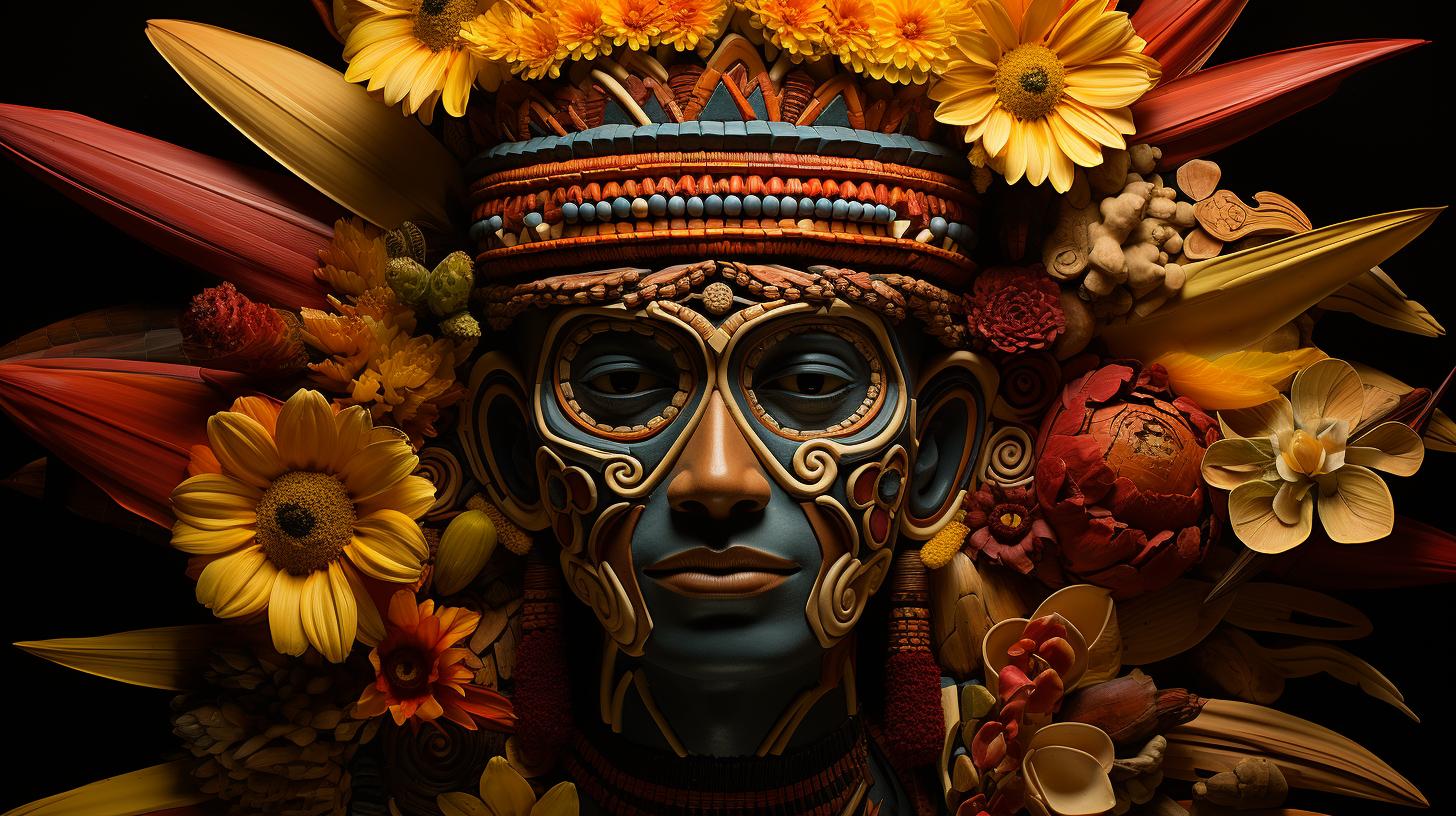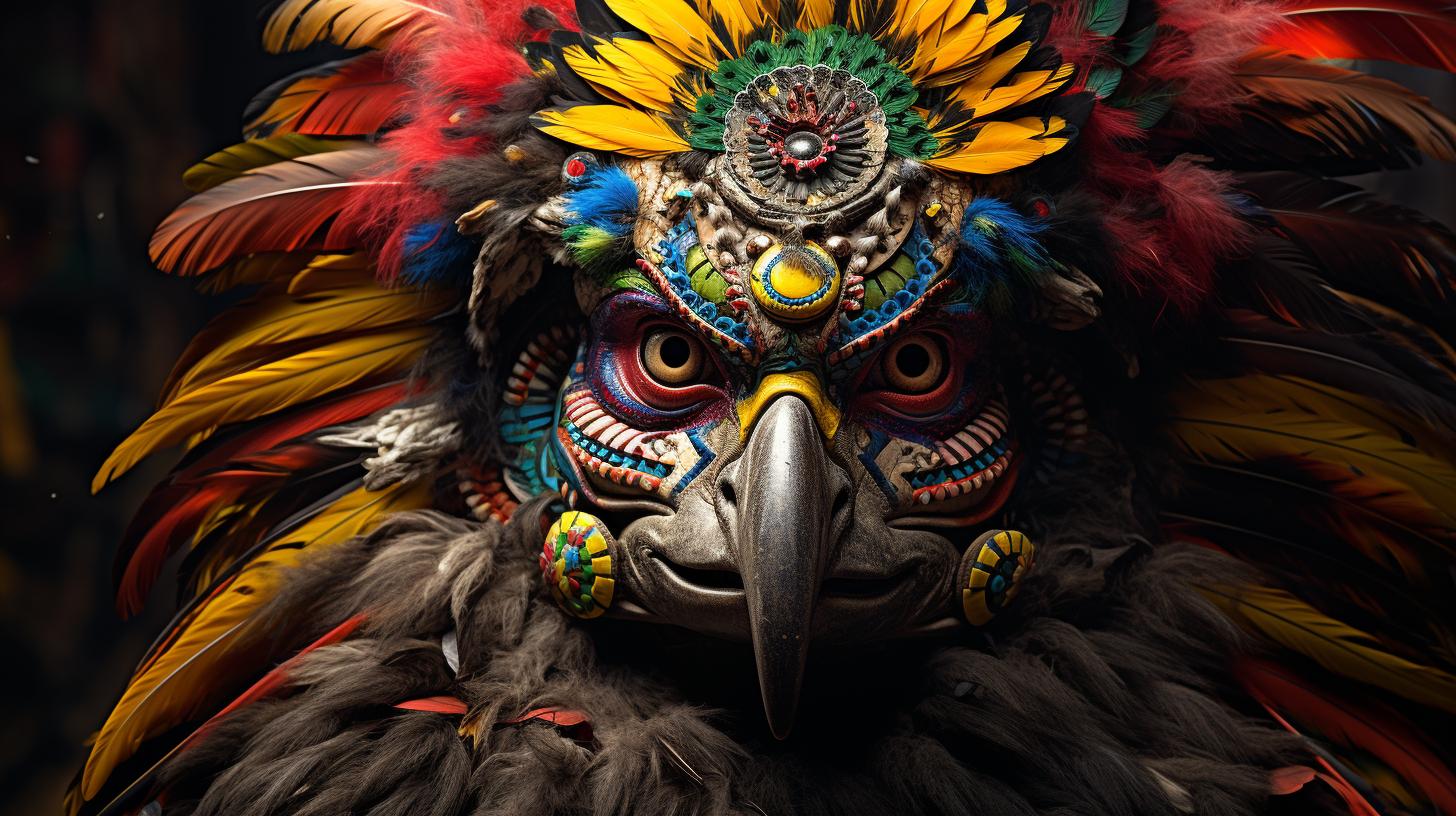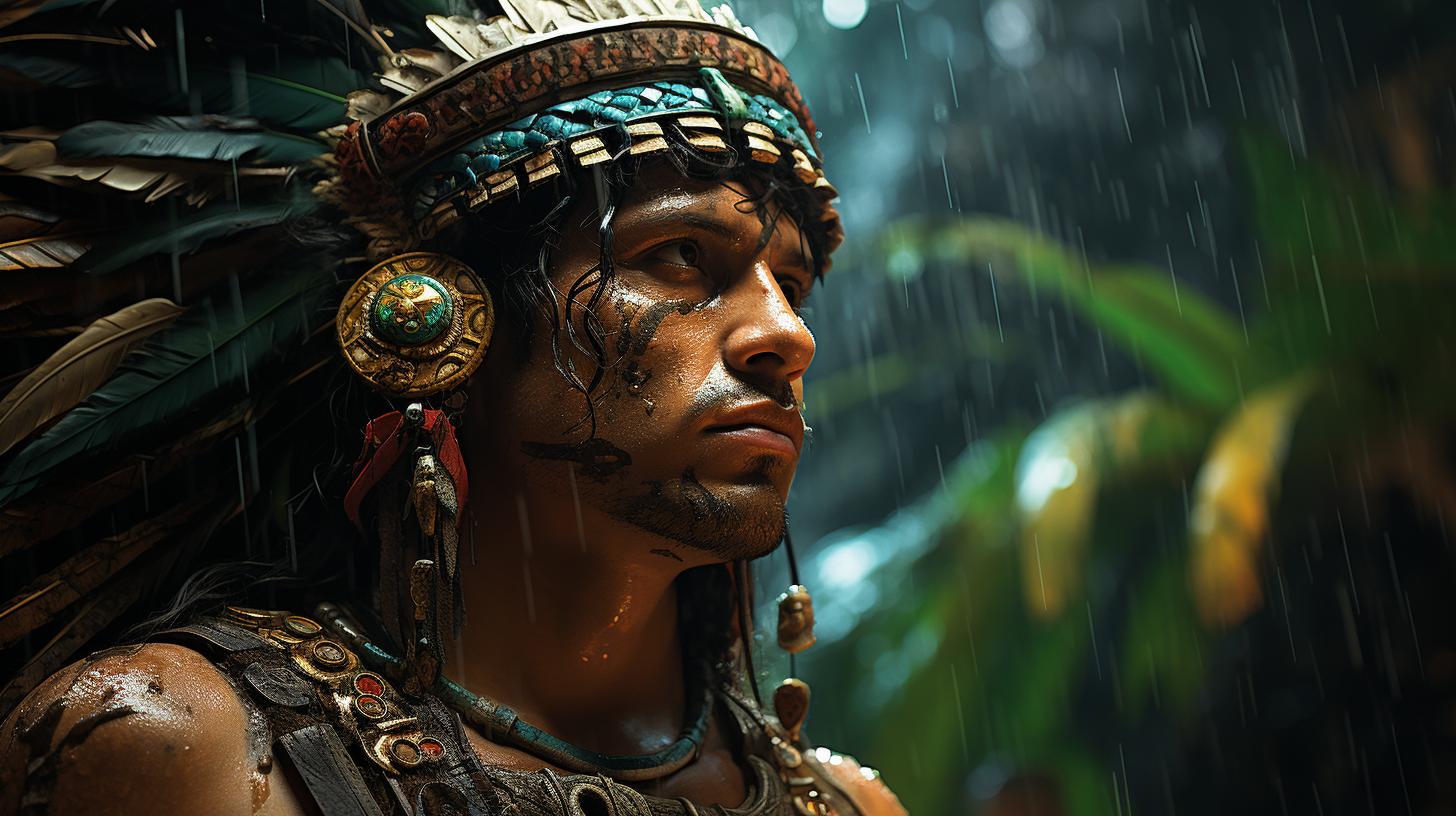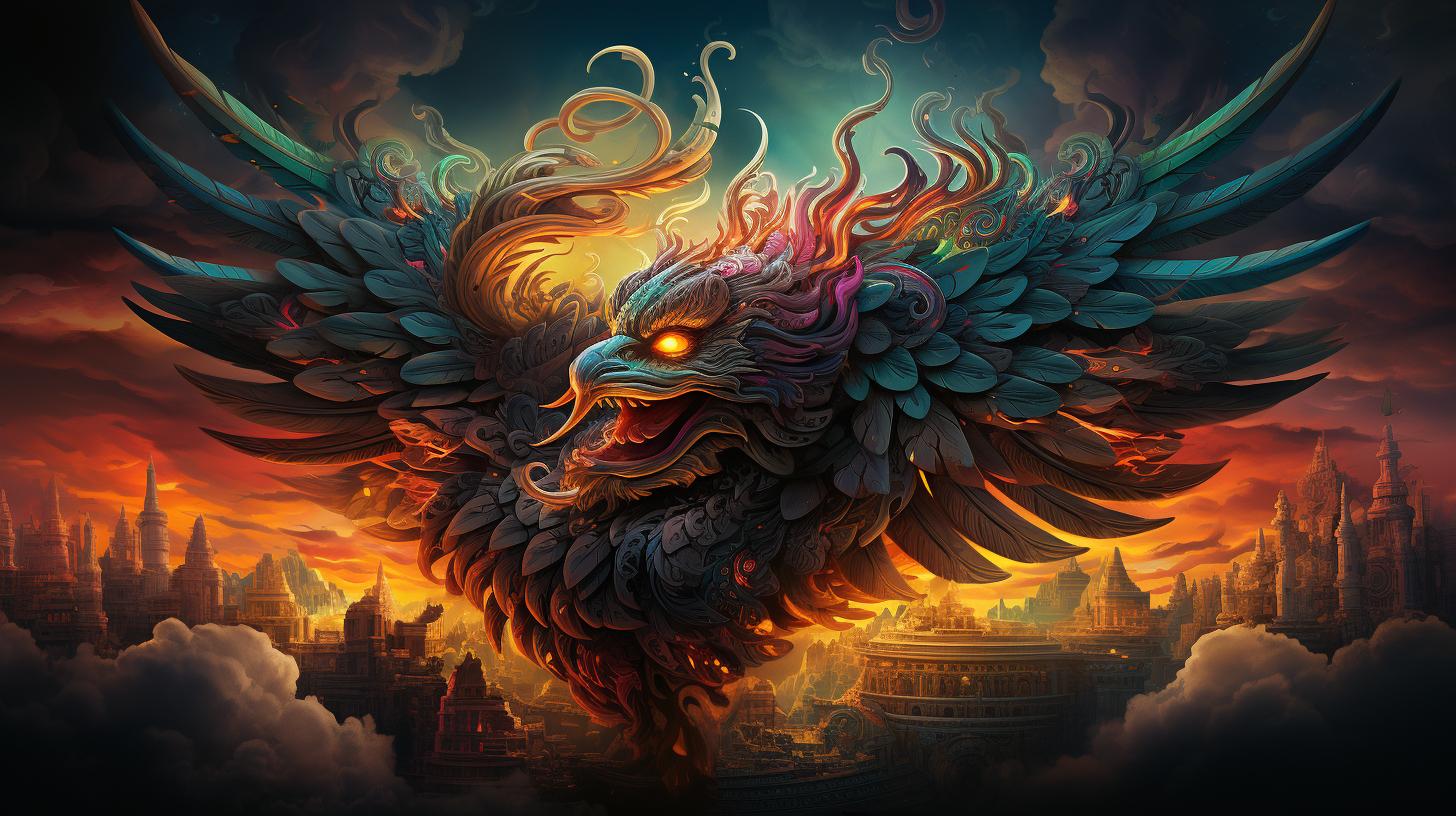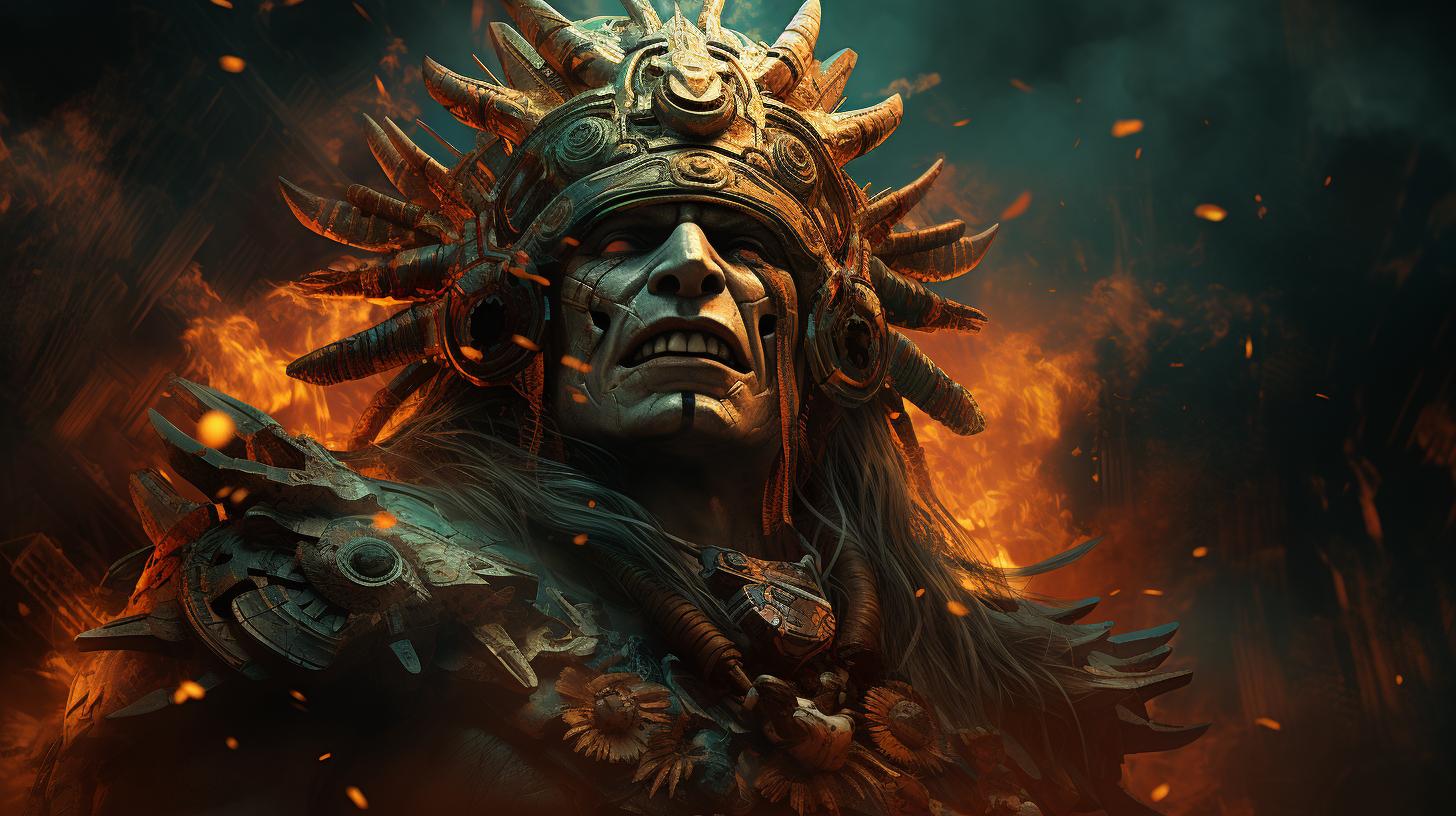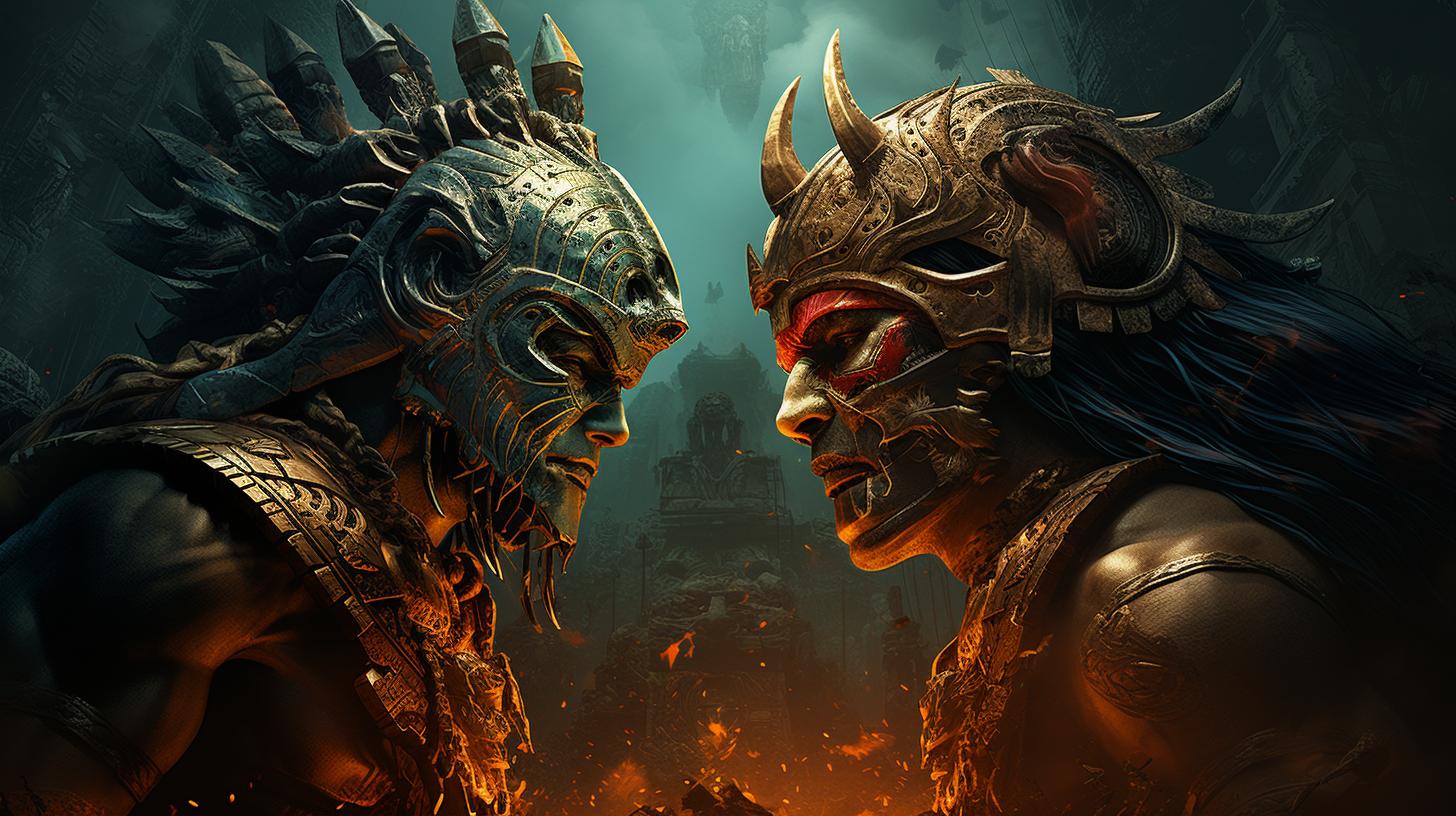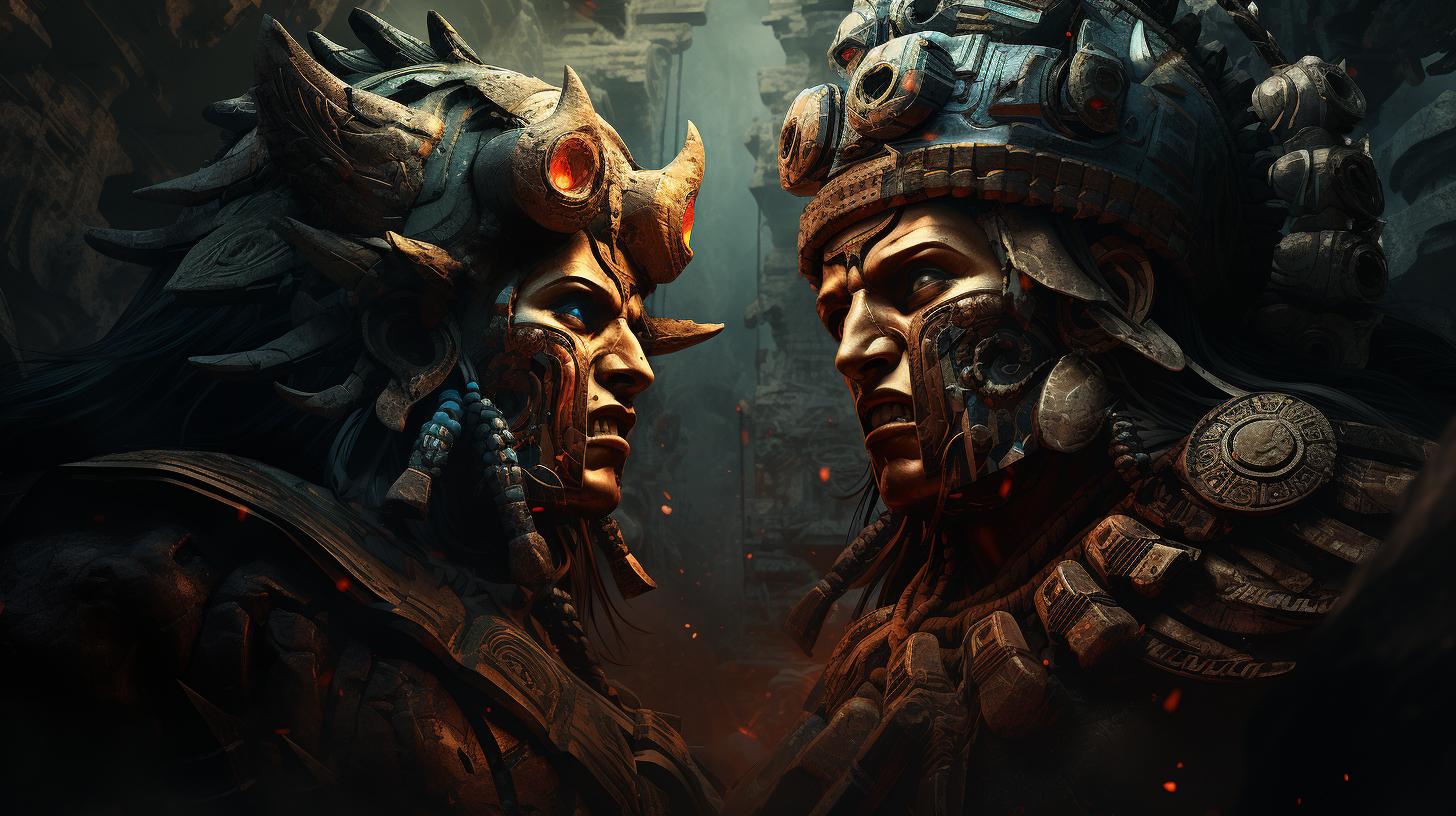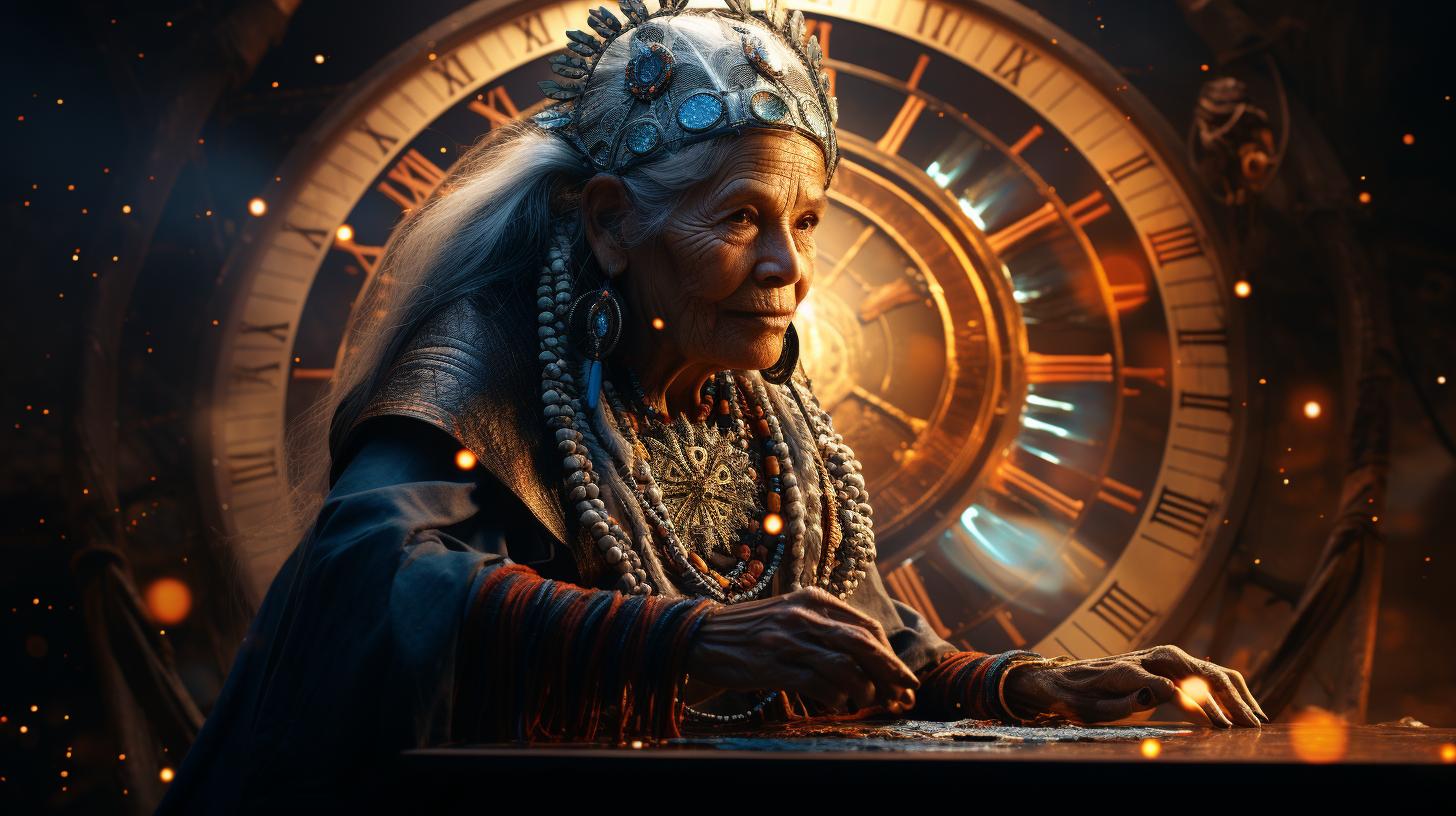Kukulcan Mayan God: The Powerful Deity of Mayan Mythology
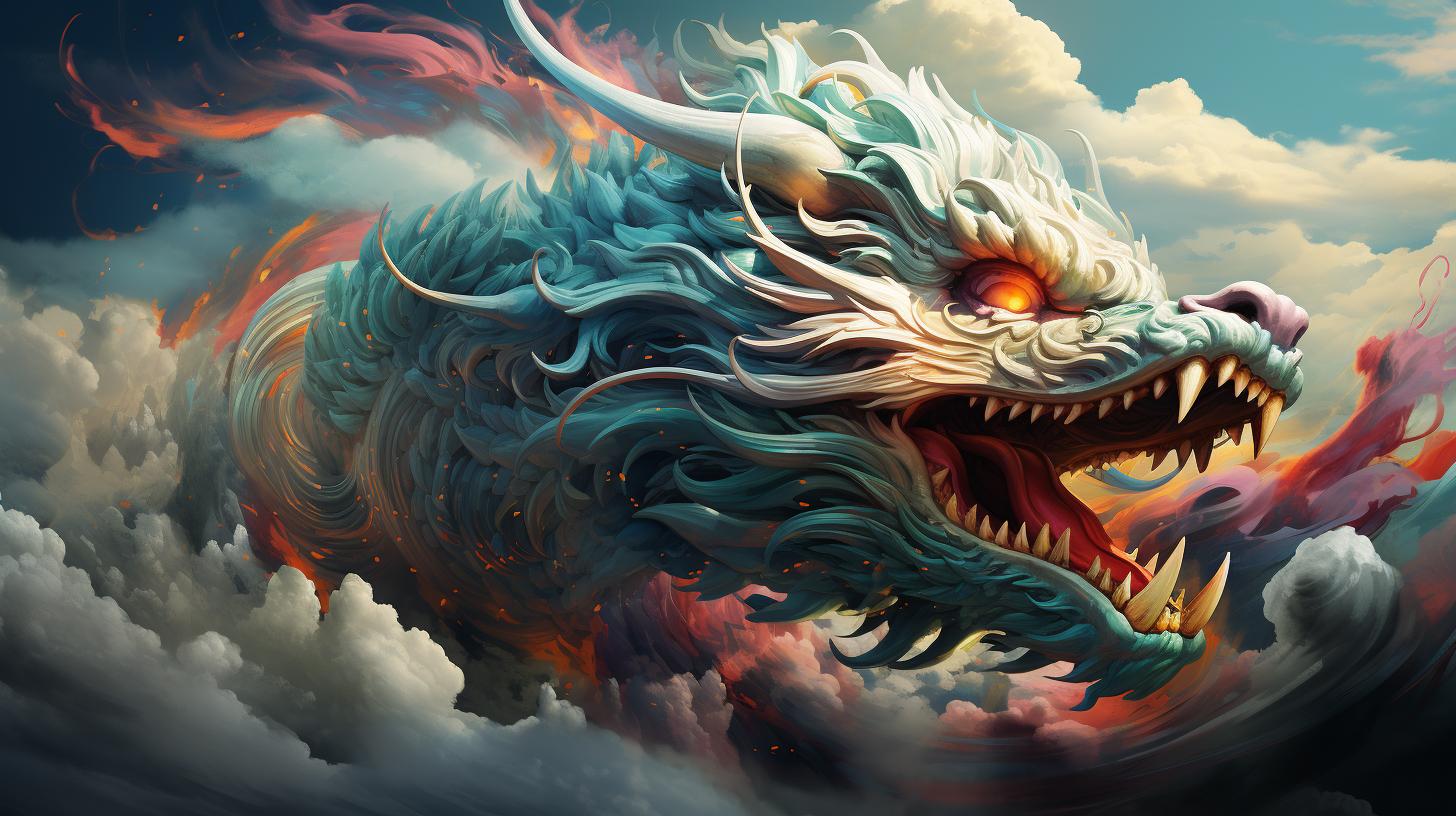
Kukulcan, the Mayan god worshipped as a feathered serpent, was a powerful and significant deity in the Mesoamerican mythology. Associated with the creation of life and elements of wind and rain, Kukulcan was identified with other cultures such as the Toltec and Aztec.
Despite much of his mythology being lost after the Spanish invasion, ongoing research and discoveries continue to shed light on the important legacy of Kukulcan in Mayan history and culture.
The Importance of Kukulcan in Mayan Mythology
Kukulcan, the feathered serpent deity of Mayan mythology, played a vital role in the Mesoamerican’s beliefs and practices. The worship and tribute to the god included the creation of life, wind, and rain in various forms of legends, symbols, and artifacts.
The next sections aim to delve into the origin and significance of Kukulkan, different depictions of the deity throughout Mayan history, and its connection with other cultures in Mesoamerica.
The Origin and Significance of Kukulcan
Although the origin and evolution of Kukulcan’s mythology is difficult to trace due to the lack of early writings and the Spanish invasion that led to the loss of the codices, scholars suggest that Kukulcan was a deity that was intertwined with the some societies that made up the Mayan civilization.
The god’s significance was linked to the creation of life and the cosmos, as well as the elements of wind and rain. The deity was also believed to have influenced farming and agriculture, as well as the cycles of life and death.
Different Depictions of Kukulcan in Mayan History
- Kukulcan was commonly depicted as a feathered serpent, a hybrid symbol of earth and sky, and sometimes portrayed as a human with snake-like features and attributes.
- The feathered serpent was represented in sculptures, architectural designs, and codices as a symbol of power and divinity and a source of air.
- Kukulcan was often connected to several animals, such as parrots, jaguars, and monkeys, symbolizing the link between the divine and animal worlds.
- In the Toltec and Aztec cultures, Kukulcan was known as Ce Acatl Topiltzin Quetzalcóatl, which shared myths and beliefs with the Mayan god, such as being responsible for creating humanity and the world and inventing the calendar and maize.
The Connection Between Kukulcan and Other Cultures in Mesoamerica
The figure of the feathered serpent was not limited to the Mayan civilization, as other cultures in Mesoamerica depicted it in their myths, symbols, and religious practices, under various names.
For instance, in the Quiché Maya mythology, Kukulcan was known as Gucumatz, who worked with another significant deity, Jurakan, to create the world and humanity, showcasing a well-established cultural connection with other civilizations.
The Worship and Beliefs Around Kukulcan
Kukulcan, the feathered serpent, played a crucial role in Mayan religion and mythology. His worship revolved around the creation of life, wind, and rain, and his importance as a deity was manifested in various religious rituals and practices.
This section will explore the religious practices involving Kukulcan, his role in the creation of life and elements, and the symbolism and meaning of the feathered serpent.
The Religious Practices Involving Kukulcan
Kukulcan was one of the most important deities in the Mayan pantheon, and his worship comprised various religious practices and rituals. One of the primary religious practices involving Kukulcan was human sacrifice, which the Mayans believed was necessary to appease the deity.
The sacrifices were done in various ways, such as decapitation, heart removal, or being thrown into a cenote. Other religious practices involved the offering of food, drink, or other valuable items to the deity, which were presented in temples or sacred altars.
The Role of Kukulcan in the Creation of Life and Elements
Kukulcan was associated with the creation of life and various elements, such as wind and rain, which were essential for the survival of Mayan civilization. According to Mayan mythology, Kukulcan was responsible for creating the world and humanity, alongside other deities, such as Jurakan.
Kukulcan was believed to have invented the calendar and maize, which were also vital for Mayan society. The deity’s role as a creator and protector of life was reflected in various aspects of Mayan culture, such as art, architecture, and social structures.
The Symbolism and Meaning of the Feathered Serpent
The feathered serpent was a crucial symbol in Mayan culture, which represented various aspects of the deity, including power, creativity, and wisdom. The unique combination of the feathered and serpent symbolism was believed to represent the balance between the sky and the earth, as well as the harmony between opposing forces.
The feathered serpent was also attributed with various characteristics, such as the ability to fly and the possession of a jewel that was the source of air. The deity’s association with the feathered serpent was reflected in various forms of Mayan art and architecture, where depictions of the serpent were present.
The Cultural Impact and Legacy of Kukulcan
Kukulcan, the Mayan god represented as a feathered serpent, had a significant impact on Mayan culture and left behind a rich legacy that continues to be explored today. This part of the article will explore the role of Kukulcan in art, architecture, politics, and social structures, as well as ongoing research into the deity’s history and significance.
The Influence of Kukulcan on Art and Architecture
- Kukulcan was a prominent figure in Mayan art and architecture, with depictions of the feathered serpent found in various structures such as the Great Temple in Chichen Itza.
- Architectural motifs, such as the serpent’s body or head, were commonly used and incorporated into buildings, facades, columns, and sculptures.
- Kukulcan’s presence in art and architecture was a symbol of power, prestige, and privilege, as well as a representation of the Mayan society’s connection with their gods and the spiritual world.
- Today, the influence of Kukulcan can be seen in various artwork, tapestries, and decorative objects crafted by modern-day indigenous Mayan artists.
The Role of Kukulcan in Political and Social Structures
- Kukulcan played an important role in Mayan politics as well, with his mythical power and wide influence among the people making him a symbol of rulership and divine authority.
- The Mayan kings and rulers were often depicted with Kukulcan, as they believed that they shared his godly connections and that they had the power to communicate with him.
- Kukulcan was also associated with social structures, such as the calendar and maize, which were considered vital for Mayan life and agriculture.
Many of the ceremonies and festivals related to these elements involved paying homage to Kukulcan and other deities.
The Ongoing Research and Discoveries Around Kukulcan
- Research into Kukulcan’s history and significance is an ongoing endeavor, with new discoveries and insights often revealing more about the deity’s role in Mayan culture.
- Archaeologists and historians continue to analyze Mayan inscriptions, art, and artifacts to shed light on Kukulcan’s worship and influence.
- There is also a growing interest in the broader Mesoamerican connections and similarities shared by Kukulcan and other deities, such as the Aztec god Quetzalcoatl.
- Contemporary indigenous Mayan people continue to practice their traditional religious customs and worship Kukulcan in his various forms and depictions, preserving his legacy for future generations.
In summary, Kukulcan’s impact on Mayan art, architecture, politics, and social structures remains significant even today.
As ongoing research and discoveries continue to unfold, his importance and legacy in Mesoamerican mythology are likely to become even more apparent…..

